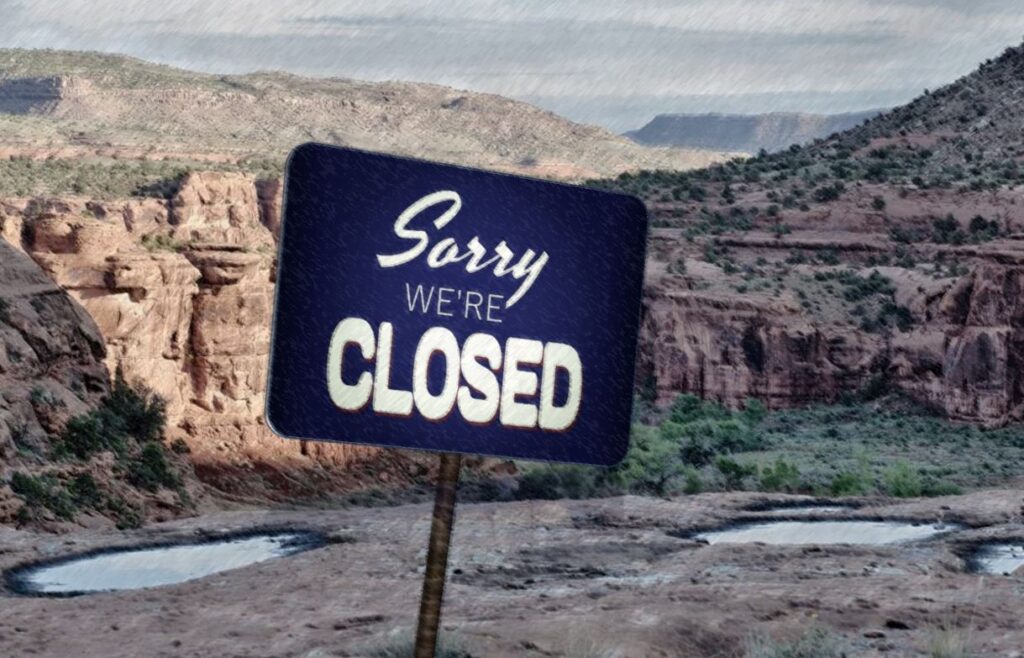Cat Urbigkit: BLM Claims Any Use Of Natural Resources Likely To Cause Adverse Impacts
Cat Urbigkit
Cowboy State Daily
While some Wyoming politicos have glommed onto the draft Rock Springs District Resource Management Plan for the Bureau of Land Management to make outrageous claims about the agency’s preferred alternative, the truth is that that the plan is bad enough for most resource users that no exaggeration is needed. That some politicians are making claims that simply aren’t true doesn’t help the public to understand what’s actually in the plan and how their interests may be impacted.
As I continue to sift through the more than 1,300 pages of the draft environmental impact statement and resource management plan, a few overarching themes appear:
Non-use is preferred by the BLM. That’s not hyperbole but truth: “Alternative B emphasizes conservation of resource values with constraints on resource uses.” The BLM proposes a major shift in management by restricting and limiting most uses on millions of acres of public lands. Its preference is for “supporting opportunities for solitude and primitive/unconfined recreation,” “naturalness,” “more quiet and solitude,” “solitude and a pristine setting,” “solitude and natural environments.” We’re not talking about wilderness areas here, but millions of acres of public lands from the foothills of the Wind River Mountains south to the Colorado border.
Non-management is preferred by the BLM. That might be slightly hyperbolic, but BLM’s stated preference is “management that emphasize(s) natural processes.” Instead of allowing itself to adopt an integrated management approach for each resource, the BLM proposes to substantially limit actions that are human-made or human-caused, limiting its own management options in the process. Cutting deadwood for use at dispersed campsites is rejected in favor of natural decay in all but some future “designated” areas. Chemical treatments for vegetation improvements are prohibited. No mountain bikes are allowed on Wild & Scenic River trails. Setback distances are increased by as much as nearly 20 times the distances currently prescribed. Millions of acres are closed to oil and gas, coal, renewable energy, and rights of way. Special recreational events won’t be allowed.
In fact, the BLM plans to designate 2.1 million acres for “visual resource management” in which “changes in any of the basic elements (form, line, color, or texture) caused by management activity should not be evident in the characteristic landscape.”
“Naturalness” is the BLM’s goal. The word “natural” is repeated hundreds of times in the document. The result of all these restrictions is that the agency doesn’t leave itself much flexibility in its management actions regardless of changing conditions.
These public lands are used and loved by an assortment of people, but the BLM selected an alternative that imposes restrictions on most human uses and attempts to outlaw nearly any visible change to the environment over a broad landscape.
In fact, the BLM plans to designate 2.1 million acres for “visual resource management” in which “changes in any of the basic elements (form, line, color, or texture) caused by management activity should not be evident in the characteristic landscape.” Another 225,785 acres would be managed for wilderness-type visuals in which visual change can be from “natural ecological changes only.”
Continue reading here
Subscribe to RANGE magazine
Call 1-800-RANGE-4-U

You may also like
-
Electric Vehicles: A pipe dream for tyrants
-
Fed plan would kill 500,000 barred owls to “recover” spotted owls
-
BLM resource management plans stymie Western states’ energy development
-
Omnibus bill provision would “unleash” electronic tracking on nation’s cattle
-
Arizona rancher sues to stop million-acre national monument

